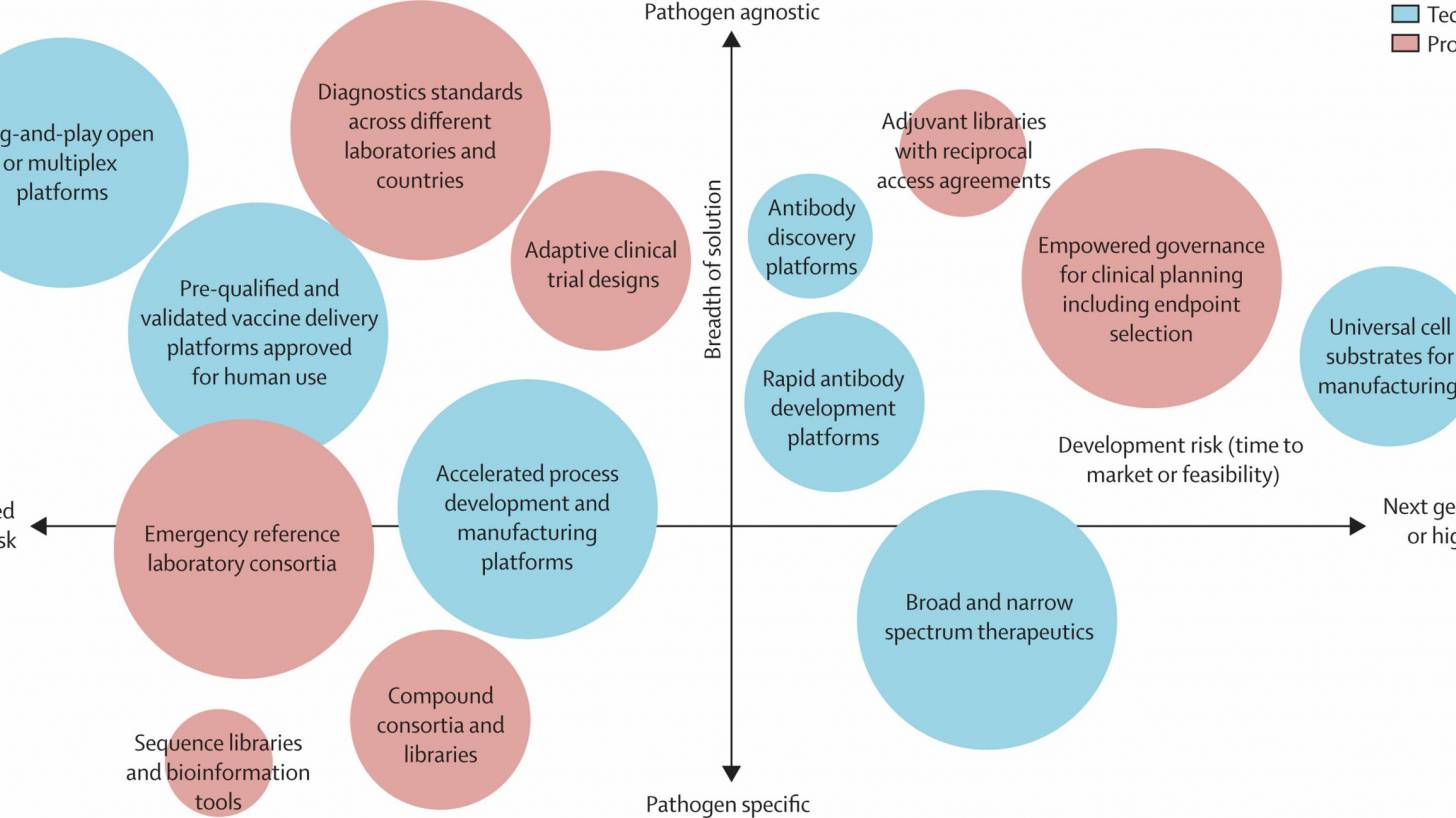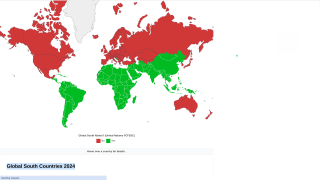Will Disease X Replace COVID-19

According to some estimates, there is a twenty-five percent chance of another global pandemic in the next decade. The World Health Organisation defines this unknown future threat as 'Disease X.'
New investments are being made in 2023 supporting innovative vaccine technologies to better prepare for Disease X.
The Coalition for Epidemic Preparedness Innovations (CEPI) and Gennova Biopharmaceuticals Ltd. recently announced a new funding agreement to advance the development of their self-amplifying mRNA (saRNA) platform to develop vaccine candidates against unknown pathogenic threats, also referred to as Disease X.
CEPI confirmed on August 8, 2023, it will provide up to $3.6 million to support the optimization of the saRNA-platform technology, the production process, and yield.
A vaccine candidate will then be produced against the rabies virus for preclinical studies. Testing the vaccine candidate against this known virus, with accepted correlates of protection, will help to assess the concepts behind this new technology platform.
In a press release, Dr. Melanie Saville, CEPI's Executive Director of Vaccine R&D, said, "Advances in RNA-vaccine technology were critical to the global response to COVID-19 and will be crucial for future epidemic and pandemic responses."
"To make sure the world has access to such technology quickly and equitably the next time Disease X strikes, CEPI is supporting novel RNA vaccine technologies with significantly improved attributes—in terms of scalability, thermostability, immunogenicity, and affordability—that could provide versatile platforms for rapid response against emerging infectious threats."
This funding forms part of CEPI's program to support novel RNA vaccine platform technologies for emerging and select endemic infectious diseases, which could offer substantial advantages over existing mRNA technologies, such as multivalency, improved immunogenicity, storage and stability, productivity, response time, and cost-of-goods.
Dr. Sanjay Singh, Chief Executive Officer, commented, "When the COVID-19 pandemic hit and paralyzed the world, Gennova developed two of its mRNA-based vaccines for COVID-19, which got EUA in India, validating the platform technology."
Gennova's saRNA vaccine platform could form part of a group of RNA technologies that CEPI supports, enabling rapid responses to future epidemics and pandemic threats, potentially within 100 days of identification.
mRNA vaccines use the body's machinery to make antigenic protein rather than injecting the pure antigen directly into the body (an antigen is a foreign substance that induces an immune response).
In the case of saRNA vaccines, genetic information from a particular group of viruses is incorporated into the saRNA together with the antigen of interest.
The genetic information from the virus programs the host cell to generate multiple copies of the saRNA, hence the term self-amplification.
The amplification of the saRNA increases the number of genetic copies of the antigen and, consequently, increases the generation of the antigen protein within the host cell.
This can potentially reduce the dose of RNA needed while maintaining the effvaccine's effectiveness unique to the saRNA technology developed by Gennova is the CLNE delivery system.
Rather than encapsulating the fragile mRNA molecules in a fatty shell (lipid nanoparticles), as is the case for many mRNA vaccines, the CLNE system attaches the RNA molecules to the surface of fatty molecules (a nanoemulsion).
This approach makes manufacturing potential vaccine candidates readily scalable and easily transferable between manufacturers if needed during a pandemic.
Our Trust Standards: Medical Advisory Committee






